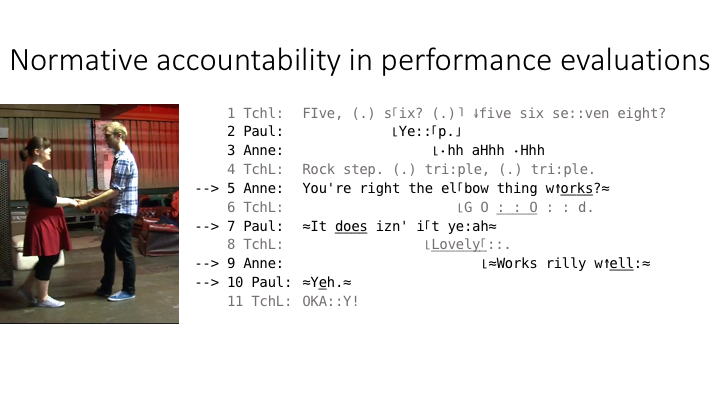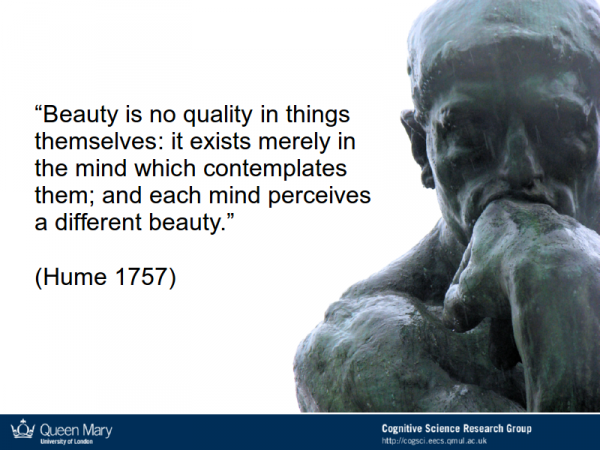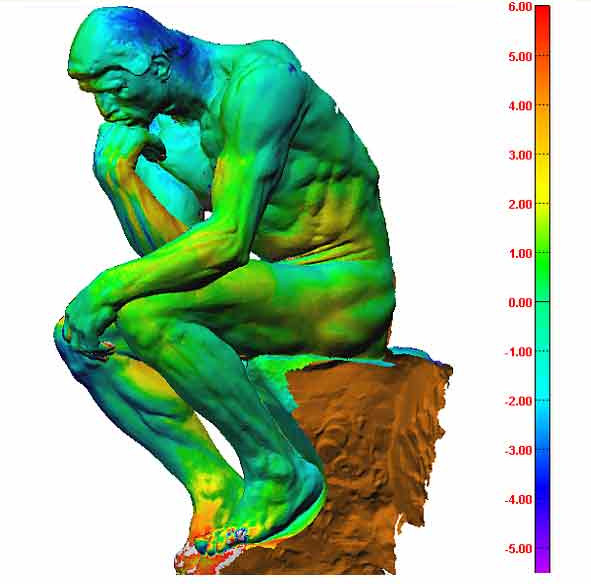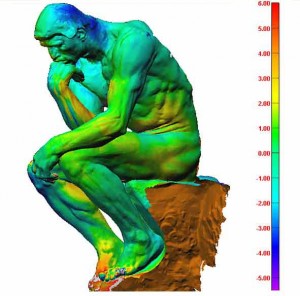Getting a backchannel in wordwise: using “big data” with CA
Here’s the abstract to an ICCA 2018 paper I’m working on with J.P. de Ruiter at the Human Interaction Lab at Tufts. The goal is to use computational linguistic methods (that often use the term ‘backchannel’) to see if all these responsive particles really belong in one big undifferentiated ‘bucket’.
Many studies of dialogue use the catch-all term ‘backchannel’ (Yngve ,1970) to refer to a wide range of utterances and behaviors as forms of listener-feedback in interaction. The use of this wide category ignores nearly half a century of research into the highly differentiated interactional functions of ‘continuers’ such as ‘uh huh’ or ‘wow’ (Schegloff, 1982, Goodwin, 1986), acknowledgement tokens such as ‘yeah’, ‘right’ or ‘okay’ (Jefferson, 1984; Beach, 1993) and change-of-state markers such as ‘oh’ or ‘nå’ (Heritage, 1984; Heinemann, 2017). These studies show how participants use responsive particles as fully-fledged, individuated, and distinctive words that do not belong in an undifferentiated functional class of ‘backchannels’ (Sorjonen, 2001). For this paper we use the Conversation Analytic British National Corpus (CABNC) (Albert, L. de Ruiter & J. P. de Ruiter, 2015) – a 4.2M word corpus featuring audio recordings of interaction from a wide variety of everyday settings that facilitates ‘crowdsourced’ incremental improvements and multi-annotator coding. We use Bayesian model comparison to evaluate the relative predictive performance of two competing models. In the first of these, all ‘backchannels’ imply the same amount of floor-yielding, while the second CA informed model assumes that different response tokens are more or less effective in ushering extended turns or sequences to a close. We argue that using large corpora together with statistical models can also identify candidate ‘deviant cases’, providing new angles and opportunities for ongoing detailed, inductive conversation analysis. We discuss the methodological implications of using “big data” with CA, and suggest key guidelines and common pitfalls for researchers using large corpora and statistical methods at the interface between CA and cognitive psychology (De Ruiter & Albert, 2017).
References (including references for the final talk – which has many more references than this abstract).
- Albert, S., De Ruiter, L., & De Ruiter, J. P. (2015). The CABNC. Retrieved from https://saulalbert.github.io/CABNC/ 9/09/2017
- Albert, S., & De Ruiter, J.P. (2018, in press), Ecological grounding in interaction research. Collabra: Psychology.
- Beach, W. A. (1990). Searching for universal features of conversation. Research on Language & Social Interaction, 24(1–4), 351–368.
- Bolden, G. B. (2015). Transcribing as Research: ‘Manual’; Transcription and Conversation Analysis. Research on Language and Social Interaction, 48(3), 276–280. https://doi.org/10.1080/08351813.2015.1058603
- de Ruiter, J. P., & Albert, S. (2017). An Appeal for a Methodological Fusion of Conversation Analysis and Experimental Psychology. Research on Language and Social Interaction, 50(1), 90–107. https://doi.org/10.1080/08351813.2017.1262050
- Goodwin, C. (1986). Between and within: Alternative sequential treatments of continuers and assessments. Human Studies, 9(2), 205–217. https://doi.org/10.1007/BF00148127
- Greiffenhagen, C., Mair, M., & Sharrock, W. (2011). From Methodology to Methodography: A Study of Qualitative and Quantitative Reasoning in Practice. Methodological Innovations Online, 6(3), 93–107. https://doi.org/10.4256/mio.2011.009
- Hayashi, M., & Yoon, K. (2009). Negotiating boundaries in talk. Conversation Analysis: Comparative Perspectives, 27, 250.
- Hepburn, A., & Bolden, G. B. (2017). Transcribing for social research. London: Sage.
- Heritage, J. (1984). A change-of-state token and aspects of its sequential placement. In M. Atkinson & J. Heritage, M. Atkinson & J. Heritage (Eds.), Structures of social action: Studies in conversation analysis (pp. 299–345). Cambridge: Cambridge University Press.
- Heritage, J. (1998). Oh-prefaced responses to inquiry. Language in Society, 27(3), 291–334. https://doi.org/10.1017/S0047404500019990
- Heritage, J. (2002). Oh-prefaced responses to assessments: A method of modifying agreement/disagreement. In C. E. Ford, B. A. Fox, & S. A. Thompson, C. E. Ford, B. A. Fox, & S. A. Thompson (Eds.), The Language of Turn and Sequence (pp. 1–28). New York: Oxford University Press.
- Hoey, E. M., & Kendrick, K. H. (2017). Conversation Analysis. In A. M. B. de Groot & P.Hagoort, A. M. B. de Groot & P.Hagoort (Eds.), Research Methods in Psycholinguistics: A Practical Guide (pp. 151–173). Hoboken, NJ: WileyBlackwell.
- Housley, W., Procter, R., Edwards, A., Burnap, P., Williams, M., Sloan, L., … Greenhill, A. (2014). Big and broad social data and the sociological imagination: A collaborative response. Big Data & Society, 1(2). https://doi.org/10.1177/2053951714545135
- Jefferson, G. (1981). On the Articulation of Topic in Conversation. Final Report. London: Social Science Research Council.
- Jefferson, G. (1984). Notes on a systematic Deployment of the Acknowledgement tokens ’Yeah’ and ’Mmhm’. Papers in Linguistics, 17(2), 197–216. https://doi.org/10.1080/08351818409389201
- Kendrick, K. H. (2017). Using Conversation Analysis in the Lab. Research on Language and Social Interaction , 1–11. https://doi.org/10.1080/08351813.2017.1267911
- MacWhinney, B. (1992). The CHILDES project: Tools for analyzing talk. Child Language Teaching and Therapy, (2000).
- Nishizaka, A. (2015). Facts and Normative Connections: Two Different Worldviews. Research on Language and Social Interaction, 48(1), 26–31. https://doi.org/10.1080/08351813.2015.993840
- Nosek, B. A., Ebersole, C. R., DeHaven, A. C., & Mellor, D. T. (2018). The preregistration revolution. Proceedings of the National Academy of Sciences, 115(11), 2600–2606. https://doi.org/10.1073/pnas.1708274114
- Ochs, E. (1979). Transcription as theory. In E. Ochs & B. B. Schieffelin, E. Ochs & B. B. Schieffelin (Eds.), Developmental pragmatics (pp. 43–72). New York: Academic Press.
- Potter, J., & te Molder, H. (2005). Talking cognition: Mapping and making the terrain. In J. Potter & D. Edwards, J. Potter & D. Edwards (Eds.), Conversation and cognition (pp. 1–54).
- Sacks, H. (1963). Sociological description. Berkeley Journal of Sociology, 1–16.
- Schegloff, E. A. (1982). Discourse as an interactional achievement: Some uses of ?uh huh?and other things that come between sentences. In D. Tannen, D. Tannen (Ed.), Analyzing discourse: Text and talk (pp. 71–93). Georgetown University Press.
- Schegloff, E. A. (2007). Sequence organization in interaction: Volume 1: A primer in conversation analysis. Cambridge: Cambridge University Press.
- Steensig, J., & Heinemann, T. (2015). Opening Up Codings? Research on Language and Social Interaction, 48(1), 20–25. https://doi.org/10.1080/08351813.2015.993838
- Stivers, T. (2015). Coding Social Interaction: A Heretical Approach in Conversation Analysis? Research on Language and Social Interaction, 48(1), 1–19. https://doi.org/10.1080/08351813.2015.993837
- Rühlemann (2017). Integrating Corpus-Linguistic and Conversation-Analytic Transcription in XML: The Case of Backchannels and Overlap in Storytelling Interaction. Corpus Pragmatics, 1(3), 201–232.
- Rühlemann, C., & Gee, M. (2018). Conversation Analysis and the XML method. Gesprächsforschung–Online-Zeitschrift Zur Verbalen Interaktion, 18.
- Wittenburg, P., Brugman, H., Russel, A., Klassmann, A., & Sloetjes, H. (2006). ELAN: a professional framework for multimodality research. In 5th International Conference on Language Resources and Evaluation (LREC 2006) (pp. 1556–1559).
- Yngve, V. (1970). On getting a word in edgewise. Chicago Linguistics Society, 6th Meeting, 566–579. Retrieved from http://ci.nii.ac.jp/naid/10009705656/
Getting a backchannel in wordwise: using “big data” with CA Read More »




